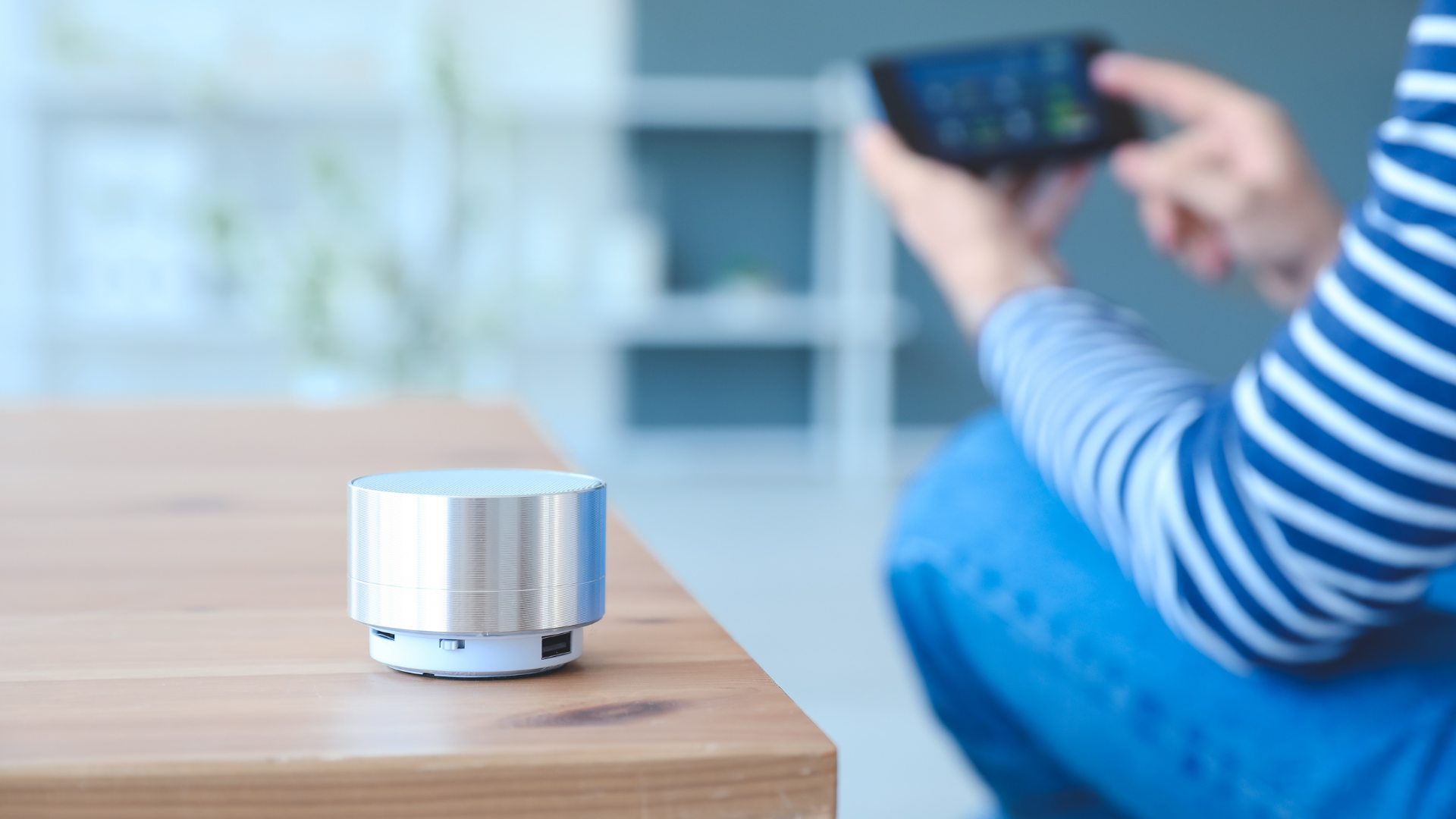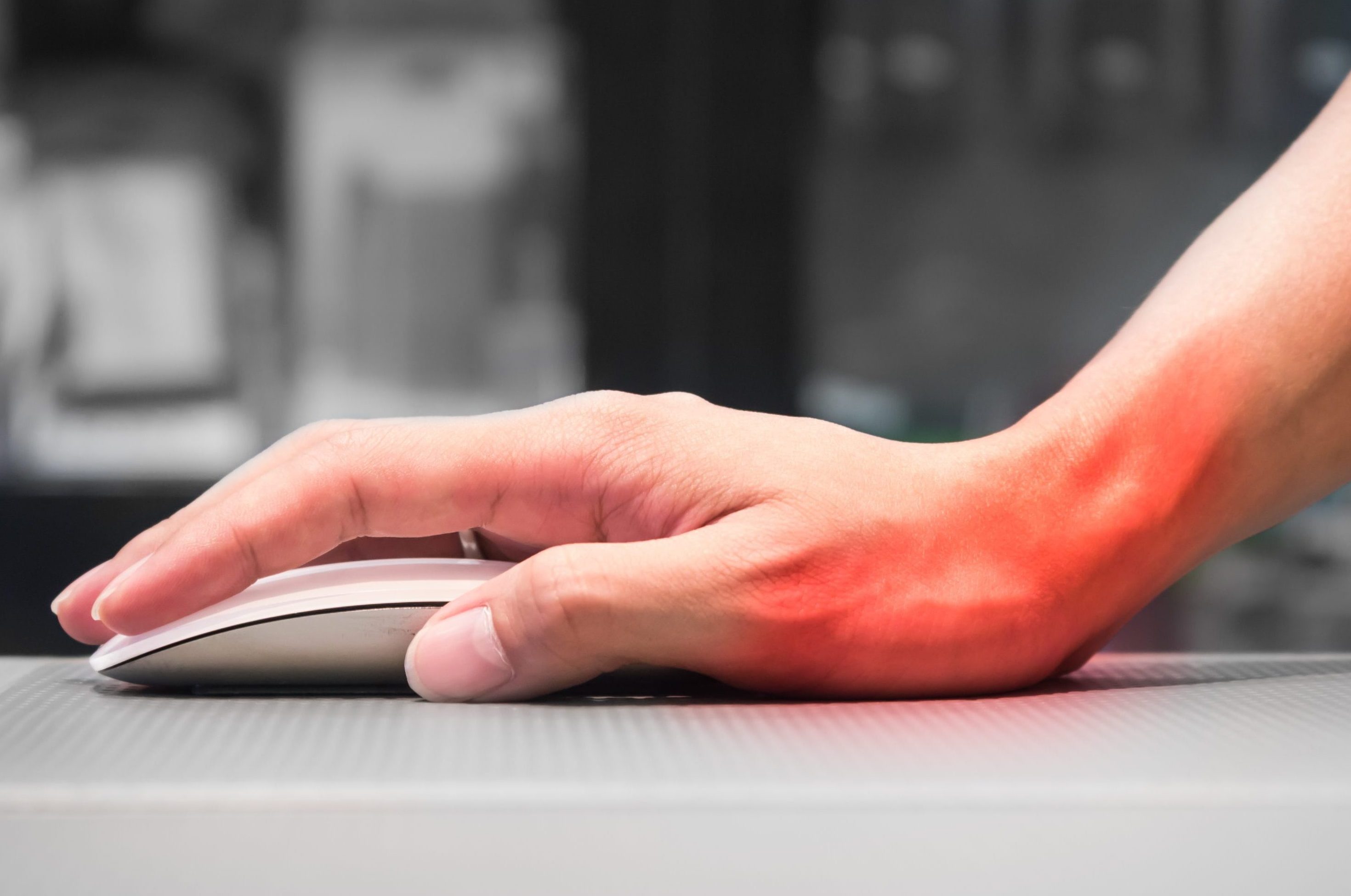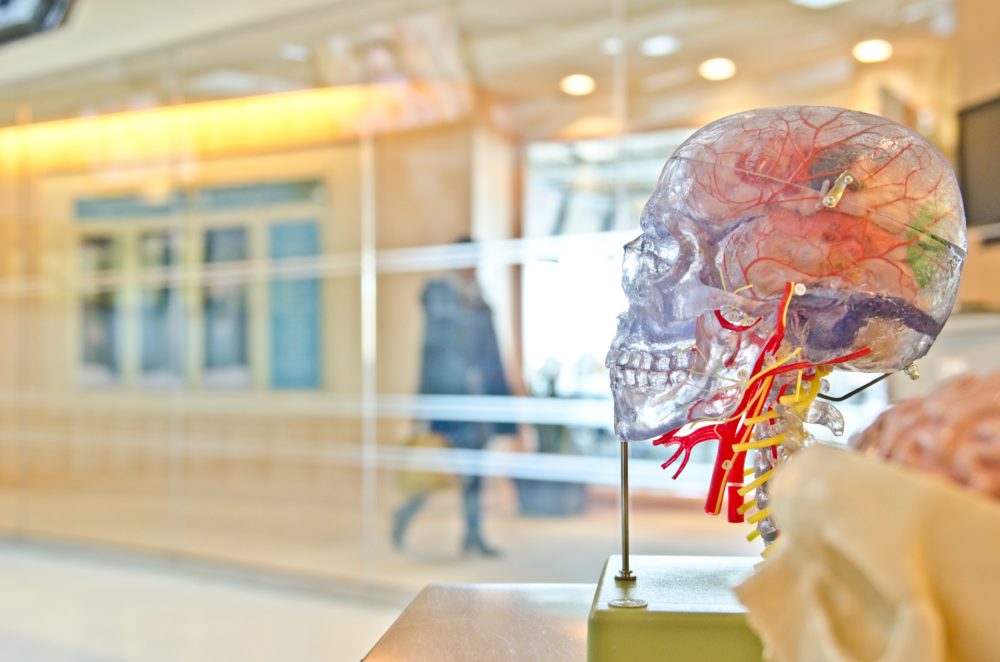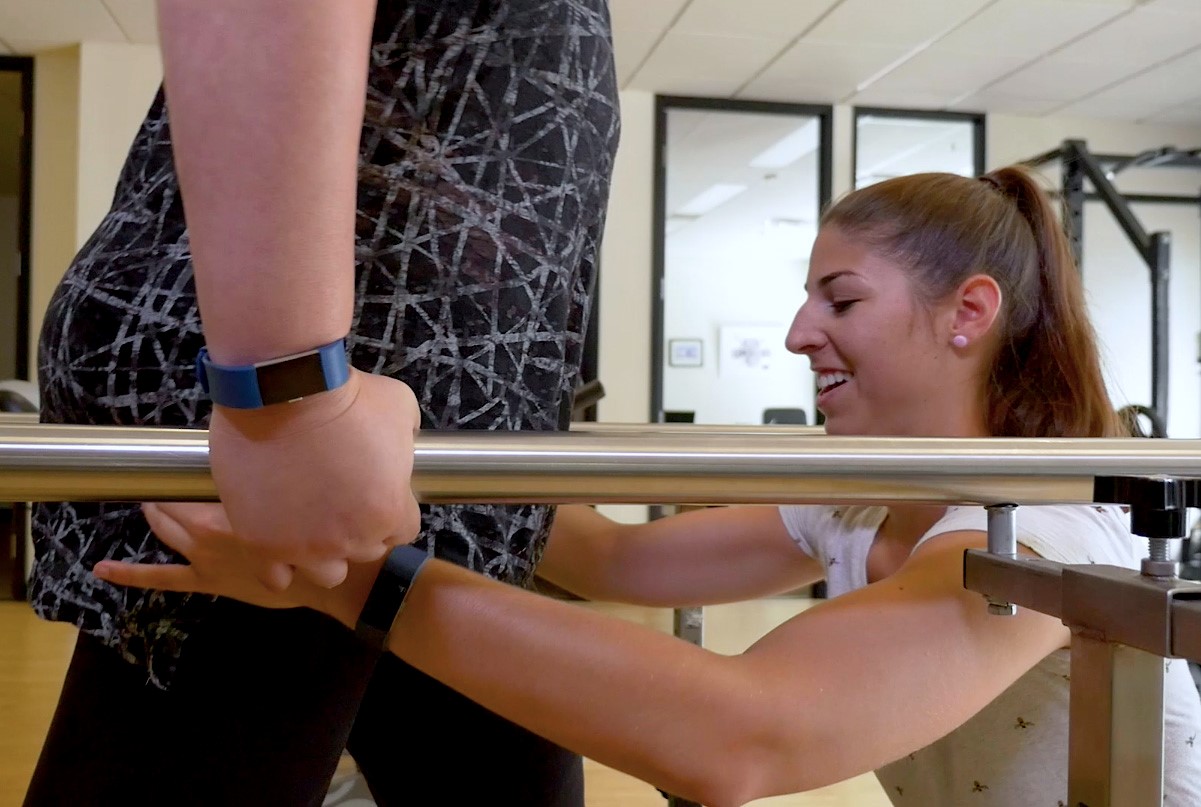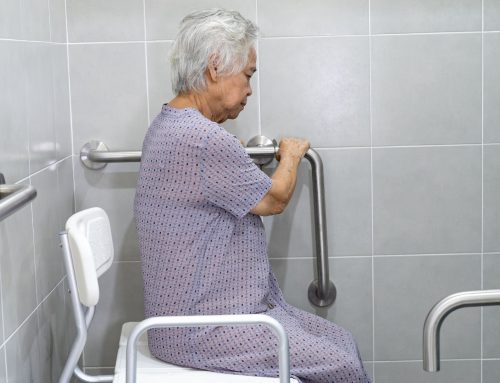Smart home technology has the potential to support aging in place by providing assistive tools that enhance independence, improve health and fitness, and promote social participation. If you’re like most Canadians, you want to stay in your own home and community as you age. In fact, 96% of Canadians aged 65 and older said they’d “do everything they can” to avoid moving to long-term care.[i]
In this article, we hope to share how occupational therapists can help integrate smart home technology with individual physical and cognitive abilities to support you with aging in place in a safe and healthy way for as long as possible.
Table of Contents:
- Types of Smart Technology for Health and Safety
- Common Problems and Potential Smart Home Technology Solutions
- Difficulties of Implementing Smart Home Technology
- The Role of OT in Smart Technology Implementation
Types of Smart Technology for Health and Safety
Technology is rooted in innovation and imagination. From wearable devices that track sleep and physical activity to smart home systems that automate your lights, technology supports our goals for the life that we envision.
- Wearable Technology: Electronic devices that are worn on the body, often with sensors meant to collect real-time data related to the user’s health, activity level, movement, and/or environment to inform healthcare and lifestyle decisions.
- Smart Home Hubs & Devices: Smart devices refer to home appliances or equipment that have network capability (via Internet, Bluetooth, or local networks) to allow users to control, monitor, and/or automate their functions without physically interacting with them. They often have additional sensors and cameras that can detect the environment or alternate modes of input such as voice activation. A Smart Home Hub acts as the “command center” for all devices and supports communication between devices.
- Health Apps: Apps are software applications typically installed onto smartphones, tablets, or other electronic devices. They often provide a framework for collecting health data, tracking trends, supporting healthy habits, and providing useful information such as reminders, exercise tips, and chronic disease management strategies.
- Appliance Add-Ons: External devices that are added to pre-existing household appliances to support safety in the home. They can reduce the risk of bodily injury, fire, and potentially, utility bills.
- 3D Printers: A printer that uses plastic filament to print 3D objects based on digital files (i.e., CAD files) that contain designs for 2D or 3D objects. There are many free CAD files for various adaptive devices, and many public libraries now carry a 3D printer that is available for public use.
Common Problems and Potential Smart Home Technology Solutions
The technological landscape has been rapidly changing in the past few decades, and these changes give rise to novel solutions for common everyday problems like these[ii]:
- Forgetting to turn off the stove: Consider installing an automatic stove shut-off device. These devices typically have a sensor that detects when you’ve been away from the stove for a period of time and will either alert you and/or automatically turn off the stove. Some can even be controlled remotely when you’ve already left the house.
- Calling for assistance: Want to support your elderly parent’s wish to stay in their home longer? Work together to implement smart home devices such as an Alexa Echo Show or Google Home device to allow them to call for help when their phone is out of reach; to allow for remote check-ins via their built-in speakers, microphones, and cameras.
- Forgetting to take medications: Do you or your parents have a hard time keeping track of when to take prescribed medications? Smart home devices can offer support with daily reminders for medications.
- Fall injuries: Concerned about unwitnessed falls in the home? Consider a falls alert pendant or smart watch with built-in accelerometers to detect sudden movements associated with falls. They often are linked to an emergency services and/or chosen emergency contact(s).
- Going to the bathroom at night: Frequent nightly awakenings to use the washroom? Automated lights with motion sensors is a great way of lighting up the path from your bedroom to the washroom.
- Appointment reminders: Difficulty keeping track of important appointments? Practice with digital calendar and to-do lists that can be shared with family members and populated in real time is helpful for keeping everyone up to date with your routine.
Technology has the potential to improve quality of life by providing assistive tools that enhance independence, improve mobility, and promote social participation.
Difficulties of Implementing Smart Home Technology
Beyond fulfilling functional goals, smart home technology has been found to increase independence, energy levels, and comfort.[iii] In addition, investing in home automation has been found to lead to great social returns ranging from $15.10 to $38.80 for every $1 invested across a 10-year benefit period.
This suggests that smart technology may help reduce reliance on support workers, caregivers, and family members for care needs, and thereby, saving you money in the long run.[iv] Despite all these benefits, we acknowledge that there are still several barriers to implementing smart home technology solutions for the elderly. This includes the following:
- Budget: While in the long run, home automation is considered economic, the upfront costs of smart devices and home adaptations may be a barrier. As such, consideration of a combination of high and low-tech solutions as well as using free options is recommended.
- Ease of Usability: Implementing new technology and building new routine and habits is difficult. It is important to work with your occupational therapist to determine the best course of action to ensure success. This may involve being selective with the specific type of device and ongoing practice to support errorless learning.
- Social Acceptance: Destigmatizing the use of adaptive aids is important for consistent use of adaptive technology. Speaking with your therapist about the complex feelings related to changes in function and using assistive devices is helpful to formulate a plan that meets your specific physical, cognitive, and emotional needs.
The Role of OT in Smart Technology Implementation
The technological landscape has been rapidly changing in the past few decades, and these changes give rise to novel solutions for common everyday problems. The role of the occupational therapist is to holistically approach the problem to support return to meaningful activity. One way of doing this is to address the technology barriers like budget, ease of usability and social acceptance.
It is our job to provide not only the device prescription, but to support new learning, routine building, and troubleshooting along the way. It may involve building in cognitive strategies to support new learning, working alongside caregivers, and ongoing training and practice. Above all else, our role is to ensure that our technology prescriptions are accessible, individualized, and successfully integrated into individual routines and home environments.
If you have questions about how smart home technology can help you or your loved ones to stay independent and safe, or want recommendations on specific technology for a particular need, please do not hesitate to contact us to set up a complimentary consultation with one of our occupational therapists.
References
[i] Canada’s Quality of Life Framework, Quality of Life Hub, Statistics Canada
[ii] Tian, Y.J.(., Felber, N.A., Pageau, F. et al. Benefits and barriers associated with the use of smart home health technologies in the care of older persons: a systematic review. BMC Geriatr 24, 152 (2024). https://doi.org/10.1186/s12877-024-04702-1
[iii] Calculating the social impact of home automation for people with disability: A social return on investment study
Claire Hutchinson, Jenny Cleland, Patricia A. H. Williams, Kisani Manuel, Kate Laver, First published: 25 June 2024, https://doi.org/10.1111/1440-1630.12977
[iv] Calculating the social impact of home automation for people with disability: A social return on investment study
Claire Hutchinson, Jenny Cleland, Patricia A. H. Williams, Kisani Manuel, Kate Laver, First published: 25 June 2024, https://doi.org/10.1111/1440-1630.12977
Written by

